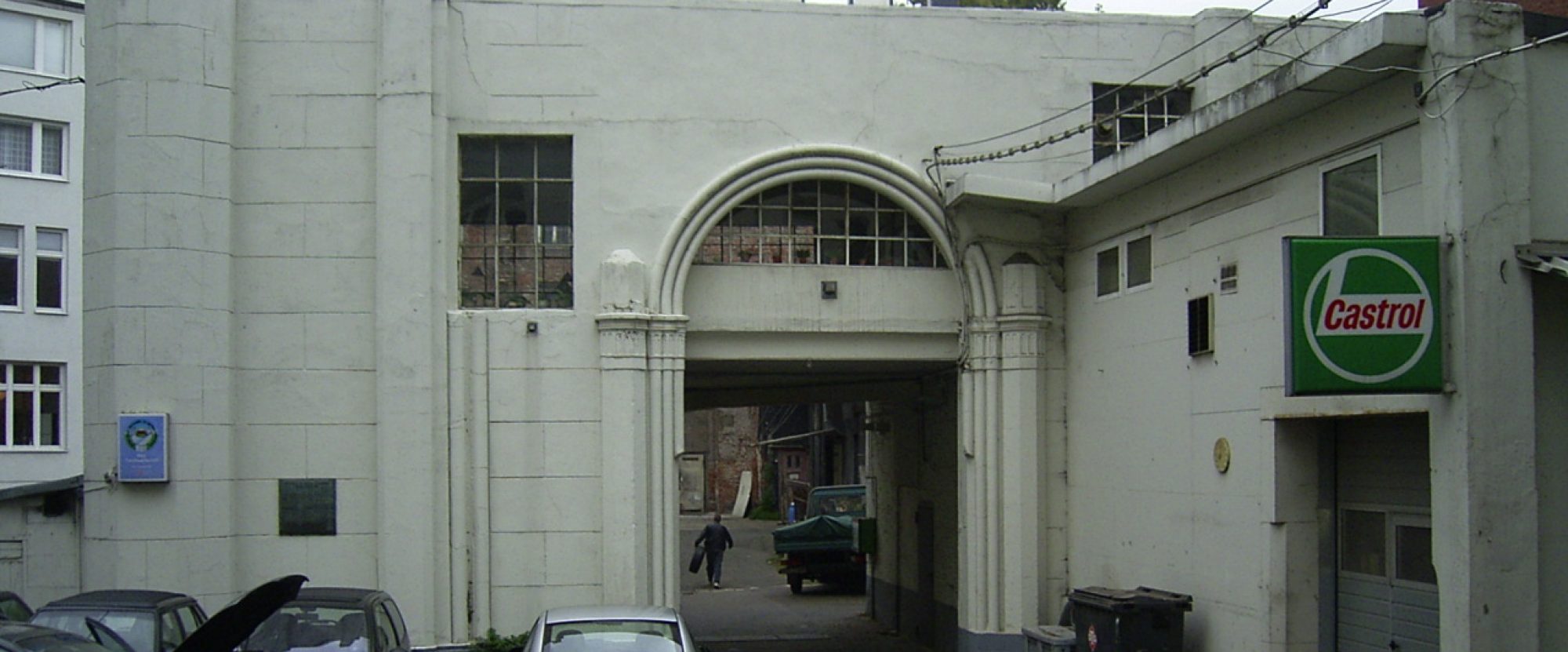On 11 December 1817, 65 male members of Hamburg’s upper middle class signed the founding charter of the New Jewish Temple Association, thus establishing for the first time as an association a liberal community alongside the traditional Jewish community (for a similar development in the same time see the example of Jacobson in Seesen). From 1818, services were held in a rented hall on Alter Steinweg. This new Jewish congregation introduced a number of innovations in the ritual, such as German-language sermons and choral singing with organ accompaniment. In addition, women were able to follow the service from the gallery without a screen – the beginning of a long phase of reforms, which included admitting girls to the bat mitzvah (the age of religious maturity) and which led to women also being able to become rabbis in the 20th century.
The number of members grew rapidly to about 300 families, so that it became possible to build a synagogue of our own. This first temple of an organized Jewish Community of liberal German Jews (also known as Reform Jews), which was specially designed to express the reforms in architectural terms, was built in 1844 in Poolstraße. The architect, Johann Hinrich Klees-Wülbern (1800-1845), had already repeatedly worked for Jewish clients before, so he also built the new and extremely modern designed Jewish Hospital in Hamburg. For the temple in Poolstraße, Klees-Wülbern combined a neo-classical formal language with neo-gothic and Moorish stylistic elements – the latter were only just coming into fashion at the time. Inside, two rows of columns divided the hall into a nave and two aisles with galleries. The Torah shrine was housed in an apse – which still exists today – and the organ was located on the opposite side, above the entrance portal. This imposing sacred building radiated the newly won self-confidence of the liberal Jews, who saw themselves as a natural part of German society.
This building was the first liberal Jewish synagogue ever built and, with its modern architectural design, can be seen as a structural supplement to the religious reforms. Its remains are thus an important (architectural and religious) historical witness far beyond Hamburg.
About a century later, the liberal Jewish community moved into the building in Oberstraße, which still exists today and is used by Norddeutscher Rundfunk (NDR). This temple, designed by the architects Felix Ascher and Robert Friedmann and inaugurated in 1931, could only be used by the liberal community until the November pogrom in 1938. Today, the former synagogue on Rothenbaum serves as a broadcasting studio.
The temple ruins are located behind a front building, not visible from the street or only visible when looking through the courtyard entrance. Two parts of the building from 1844 have fortunately been preserved until today: The entrance area on the west side and the eastern area with the apse. The entrance area is the ruined part of the building, which today houses the car repair shop (as well as the rental apartment). The rear part is unused and in extremely bad condition due to weather conditions. From the street side, a plaque reminds of the former use of the building.
